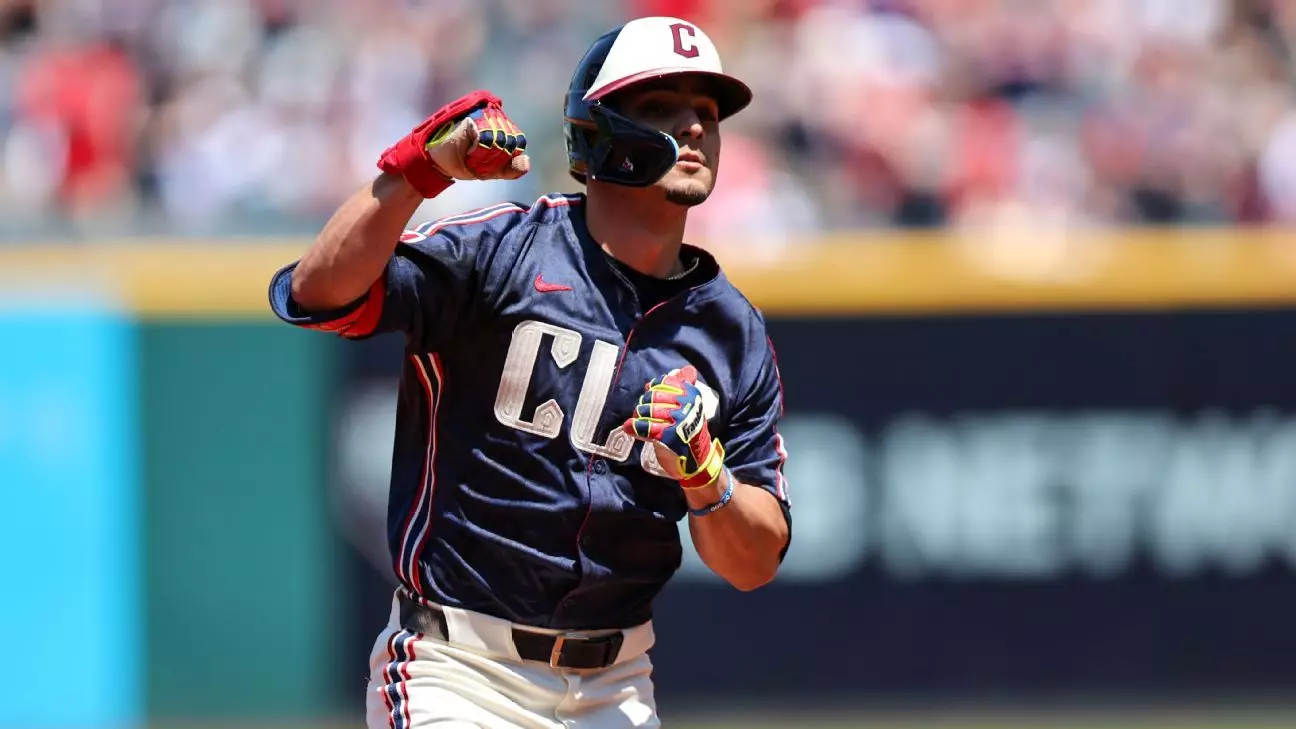The Toronto Blue Jays have taken a bold step forward in their roster reconstruction by acquiring All-Star second baseman Andres Gimenez from the Cleveland Guardians in a significant trade that was announced on Tuesday. This move not only highlights Toronto’s ambitious goals for the upcoming seasons but also reflects the Guardians’ strategic decisions amid their payroll constraints and potential roster changes. Through this analysis, we will dive into the implications of this trade, assess the players involved, and consider what lies ahead for both franchises.
The transaction is multifaceted, with the Blue Jays sending infielder Spencer Horwitz to the Guardians, who subsequently traded Horwitz to the Pittsburgh Pirates for right-hander Luis Ortiz and left-handers Michael Kennedy and Josh Hartle. This convoluted sequence indicates a careful consideration of long-term strategy from all teams involved. The Blue Jays, fresh off a disappointing 2024 campaign that left them with a 74-88 record, are clearly signaling their intent to move away from a stagnating structure toward a more dynamic and competitive roster.
Andres Gimenez’s recruitment is a cornerstone of this strategy, particularly because he brings a wealth of talent to the Blue Jays’ infield. The 26-year-old has made a name for himself as one of baseball’s elite middle infielders, with three Gold Glove awards illustrating his defensive prowess. While he faced challenges at the plate last season, managing a .252 batting average, his potential for improvement and ability to steal bases—30 last season—make him a highly valuable asset.
Despite his accolades, Gimenez’s recent performance has led some analysts to question his perceived value. As executives increasingly prioritize offensive production, Gimenez’s lower slugging percentage of .340 may have prompted speculation about his price tag exceeding his output, especially for a small-market team like the Guardians. The shift in perception around Gimenez reflects an ongoing trend in baseball where traditional metrics alone no longer define a player’s worth.
For Cleveland, the choice to trade an established player like Gimenez sheds light on their financial realities and future planning. The Guardians have a promising prospect in Travis Bazzana, their first-round pick in the most recent draft, but he lacks major league experience. Simultaneously, having acquired Horwitz, Cleveland’s choice to flip him for pitching depth in the form of Ortiz, Kennedy, and Hartle suggests a focus on building a competitive rotation, crucial in a league where pitching depth can often dictate success.
The Blue Jays now face a pivotal moment in their franchise’s trajectory. With star first baseman Vladimir Guerrero Jr. entering free agency soon, and shortstop Bo Bichette set to follow suit, the pressure is mounting on Toronto’s front office. Veteran players, such as Gimenez, can provide both immediate impact and stability as they navigate these uncertainties.
Gimenez’s contract runs through the 2029 season, with a club option for 2030, offering Toronto a long-term solution that could help persuade Guerrero and Bichette about the team’s commitment to winning. While bids for superstars like Juan Soto and Max Fried earlier in the offseason have fizzled, the Blue Jays’ recent activities indicate a steadfast determination to stay competitive, particularly in a formidable AL East.
As both teams adjust to this significant trade, the ramifications will extend well beyond the 2025 season. For the Blue Jays, securing Gimenez could be the catalyst they need to turn around their fortunes in a highly competitive division. Furthermore, the Guardians will need to judiciously evaluate their roster and either leverage their younger talent or make additional trades that align with their long-term vision of sustainability.
With both franchises embarking on new journeys influenced by this trade, the true winners will emerge not only from this transaction but also from how they adapt to the evolving landscape of Major League Baseball. It’s a clear illustration of how interconnected and complex player movements have become, raising the stakes for teams as they strive to build championship-worthy rosters amidst the backdrop of an ever-changing league.

